Continence Care: A Guide for Care Home Nurses
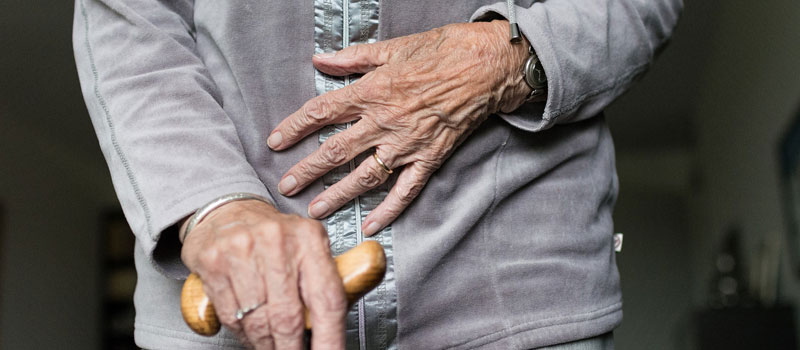
It is relatively common for care home residents to suffer from one of the various forms of urinary and bowel incontinence. Although this may be inevitable for some older adults, with appropriate assessment and management, it can be either prevented or cured. Even if a comprehensive solution is not available, it is still possible to manage the condition as well as any associated social embarrassment.
The aim of this article is to provide some concise and actionable guidance to those who wish to work as a nurse in a care home.
What is incontinence?
Incontinence is the unintentional passing of urine or faeces. Unfortunately, this medical problem carries a certain amount of embarrassment and cultural taboo, even though it affects around 50 million people in the Western world.
As far as the NHS in the UK is concerned, prevention is paramount as this helps reduce healthcare costs and minimises the problems faced by patients.
What are the primary causes of incontinence?
1. Urge incontinence
This condition involves the inability to suppress bladder contractions. As a result, the patient may need to go to the toilet more often than usual. The problem is often aggravated by:
- Anxiety
- The bladder filling more quickly than normal
2. Stress incontinence
Physical activities such as standing, lifting and even coughing or sneezing can cause small urine leakages. This form of incontinence can often affect middle-aged women as well as some men.
3. Overflow incontinence
People who suffer from overflow incontinence may have an excess amount of post-void residual urine in their system. As a result, they may complain of continuous dribbling or stress incontinence. This condition is often caused by diabetes or nerve damage. Recurrent urinary tract infections (UTIs) are also common among sufferers.
4. Outflow obstructions
This problem generally affects men, and the symptoms include the following:
- Difficulty in starting to urinate
- Poor urinary stream
- Dribbling even after urination
- A feeling of inadequate emptying
5. Functional incontinence
Sufferers from this type of incontinence are generally unable to make it to the toilet due to their:
- Depression
- Loss of dexterity
- Impaired communication
- Mental confusion
- Poor or painful mobility
How can care home nurses assess a patient’s incontinence?
If you are looking for a care home nursing job, it is imperative that you have an understanding of how to treat and alleviate your patients’ incontinence problems. The treatment approach you adopt may depend on the following factors:
- Severity – the frequency of the need to go to the toilet and the level of distress for the patient
- Is the incontinence interfering with the patient’s lifestyle?
- The patient’s attitude towards the problem
1. Medical conditions linked to incontinence
- Incontinence is often related to diabetes (you can check for an abnormal level of glucose in the urine)
- If traces of urine on the skin between the legs are repeatedly ignored, the patient may eventually develop a fungal infection
- A stroke or multiple sclerosis can compromise bladder control
- Oestrogen deficiency (particularly in elderly ladies)
- For women, pelvic floor problems and nerve damage due to difficult childbirth experiences
In addition, old age, prescribed medication, mental confusion and physical disability can aggravate an incontinence problem. Fortunately, rehabilitation and the application of appropriate corrective methods can help ease any inconvenience.
2. Psychological conditions
- Learning disabilities
- Depression
- Anxiety
Incontinence can also affect an individual’s social activities. Therefore, you should always check how your patients behave when they meet visitors or go on outings.
3. Aggravating factors
Although it is not always obvious, an overloaded bowel can often be the reason for a patient’s incontinence. You can check to see if this is the case by conducting a rectal examination. You should also observe your patients’ toilet habits and clothes management.
The types of medication that can affect continence include:
- Anticholinergics, which may accelerate poor bladder retention and discharge
- Diuretics, which can increase the amount and speed of urine production
- Sedatives, which may affect a patient’s awareness of their need to urinate
How can incontinence be managed?
1. Body-worn pads
One solution is for nursing homes to provide body-worn pads to any residents suffering from incontinence. However, these items can be bulky, and it is often a challenge to dispose of them. Nevertheless, washable pants can be beneficial in cases of light incontinence. Furthermore, patients can usually manage their condition with ease. For example, appropriate clothing can help them maintain their dignity and freedom. However, this may mean that the resident is dependent on ‘mopping up’.
2. Catheters
Catheters are indispensable for patients who suffer from persistent urinary retention. Unfortunately, leakages can cause discomfort and odour, resulting in distress for the wearer. In addition, depending on your patient’s mobility, you may have to wash both the device and the patient on a daily basis.
There are two types of catheter: indwelling and intermittent. The former is suitable for those who need some assistance while the latter is for those who still have the mental fitness and physical capability to maintain it.
3. Sheaths
A sheath is an external covering specifically for male patients. It is easier to use than a catheter, but it can cause the skin to become sore. You must ensure that the patient is wearing the correct size.
4. Toilet regimes
The treatment will naturally depend on the patient. For example, implementing a management programme will be much easier if they are cooperative. If not, nurses should keep a record of their visits to the toilet and the duration of each trip.
5. Obtain specialist advice
It is wise to keep yourself updated about incontinence as there will always be a need for specialist knowledge on this subject. In the UK, you can obtain detailed information from the Association for Continence Advice.
Conclusion
Long-term care home residents often have special requirements, including continence care. The levels of care may vary, ranging from a simple course of action to treatment that requires careful planning and resources. As a care home nurse, you should conduct a holistic assessment of every resident under your care. In turn, patients should receive the necessary support, information and advice. Furthermore, for difficult cases, you may need some assistance from a continence management specialist.
For more information please read our guide: A guide to urinary and faecal incontinence coping strategies and management. Information, Advice and Sources of Help for sufferers, disabled people and the elderly.
Products to help cope with urinary and faecal incontinence.Products include Incontinence Trainers, Incontinence Pants and Pads, Portable Potty, Sangenic Bins, Waterproof Bedding and Chair ProtectorsClick on item for buying options, details and pricing. |
|
Incontinence Trainers |
|
 Kegel Exercise Weights – Lamantt Ben Wa Kegel Balls Weighted Exercise Kit – Bladder Control & Pelvic Floor Exercises (Purple) |
 TensCare iTouch Sure Kit, Pelvic Muscle Toner + Lubricant Gel + Probe Wipes |
|
|
|
Incontinence Pants |
|
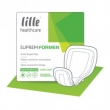
|

|
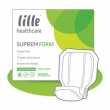
|
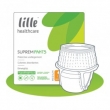
|
|
|
|

|

|
|
|
|
.jpg) Kylie Ladies’ Incontinence Pants |
.jpg)
|
|
|
|

|

|
|
|
|
|
|
|
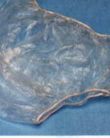
|
%20(Custom).jpg)
|
|
|
|
.jpg)
|
|
|
|
|
Portable Potty |
|

|
|
Sangenic Bins |
|
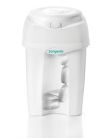
|
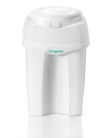
|
Waterproof Incontinence Bedding |
|

|
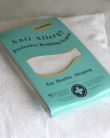 Bed Pillow Protectors “Towelling” Bed Pillow Protectors “Towelling” |
|
|
|
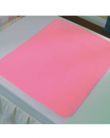 Waterproof Bed Protector Waterproof Bed Protector |
 Readi Disposable Incontinence Bed Pads 60 x 90cm 1400ml Absorbency Pack of 25 |
|
|
|
 Bed Mattress Protector “Hypo-allergenic” Bed Mattress Protector “Hypo-allergenic” |
 Bed Pillows Protectors “Hyper-allergenic” Bed Pillows Protectors “Hyper-allergenic” |

|
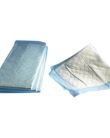
|
|
|
|

|

|
Chair Protectors and Incontinence Pads |
|
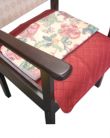
|
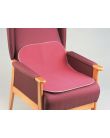
|
|
|
|
 Disposable Chair Protectors Disposable Chair Protectors |
|



